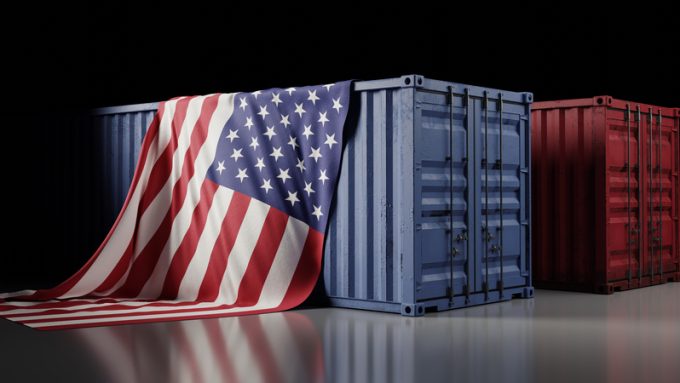Metals tariff rocks auto industry, and Trump smiles on bribes in foreign deals
While yesterday’s announcement of 25% tariffs on steel and aluminium imports to the US took ...

US imports are on course for volumes at a height not seen over the past two years, which will test the resilience of supply chains.
Even without work stoppages and cataclysmic disruptions, logistics providers are bracing themselves for a bumpy ride.
According to the Global Port Tracker, published by the National Retail Federation and Hackett Associates, box traffic pouring into US ports will climb to its highest level in two years in the coming weeks, and the authors predict a seven-month run ...
Semiconductors could compensate for air freight's lost ecommerce traffic
'It’s healthy competition' Maersk tells forwarders bidding for same business
Transpacific sees first major MSC blanks as rates fall and volumes falter
'Weakened' Maersk paying a heavy price for its lack of fleet growth
US shippers slam USTR port fee plan – 'an apocalypse for trade'
Opposition builds for final hearing on US plan to tax Chinese box ship calls
Despite sourcing shifts, 'don't write-off China', says CMA CGM CCO
Calling all shippers!
Please give us a minute of your time to answer the following questions:

Comment on this article